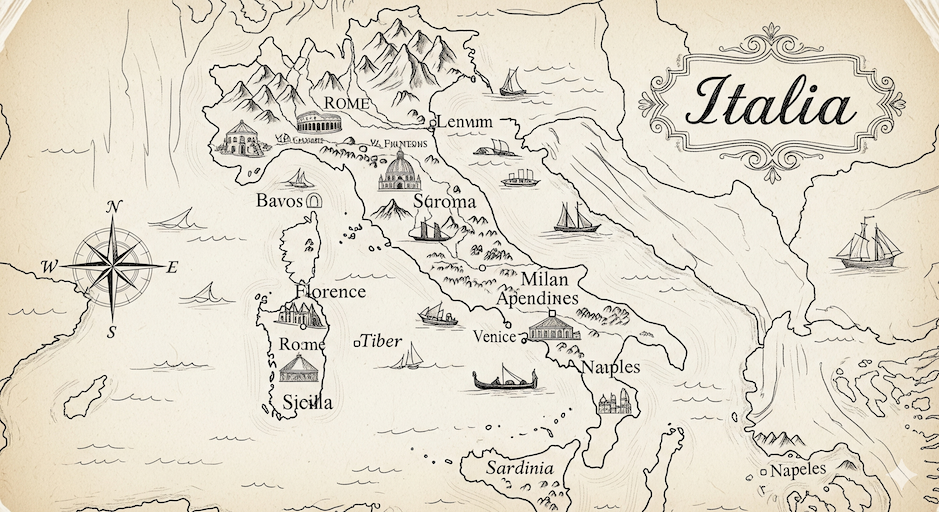
Learn about Florence
AI is finding the best recommendations for you, it may take minutes...
Florence Travel Guide
Comprehensive practical guide from Rick Steves covering Florence's top sights, suggested itineraries (1–4 days), timing and crowd tips, museum reservation advice, and highlights like the Duomo, Uffizi, Accademia and Oltrarno.
Florence – Lonely Planet
Lonely Planet's destination hub for Florence offering curated articles on best things to do, neighborhoods, food, museums, planning tools and up-to-date feature pieces such as neighborhood guides and seasonal advice.
Lonely Planet’s guide to overtourism in Florence
An in-depth article examining the impacts of mass tourism on Florence, with facts and practical tips for avoiding crowds, alternative attractions beyond the main sites, and guidance for more sustainable visiting.
Explore Florence Like a Local: Expert-Curated Itinerary
A neighborhood-focused itinerary from Lonely Planet that highlights local experiences, must-see monuments and off-the-beaten-path food and shopping stops to help travelers see Florence beyond the big-ticket museums.
23 best things to do in Florence, from lesser-known Museo Stibbert to trending Vivoli
Condé Nast Traveller’s curated list of top experiences in Florence combining famous attractions with lesser-known museums, markets, eateries and neighborhoods, plus practical notes on what makes each pick special.
Cathedral of Santa Maria del Fiore (Duomo)
Uffizi Gallery
Ponte Vecchio
Palazzo Vecchio & Piazza della Signoria
Piazzale Michelangelo
Climb the Duomo (Brunelleschi’s Dome)
Visit the Uffizi Gallery
Stroll Ponte Vecchio and the Oltrarno
Boboli Gardens & Pitti Palace grounds
Take a Tuscan cooking class or market tour
AI is finding the best recommendations for you, it may take minutes...
